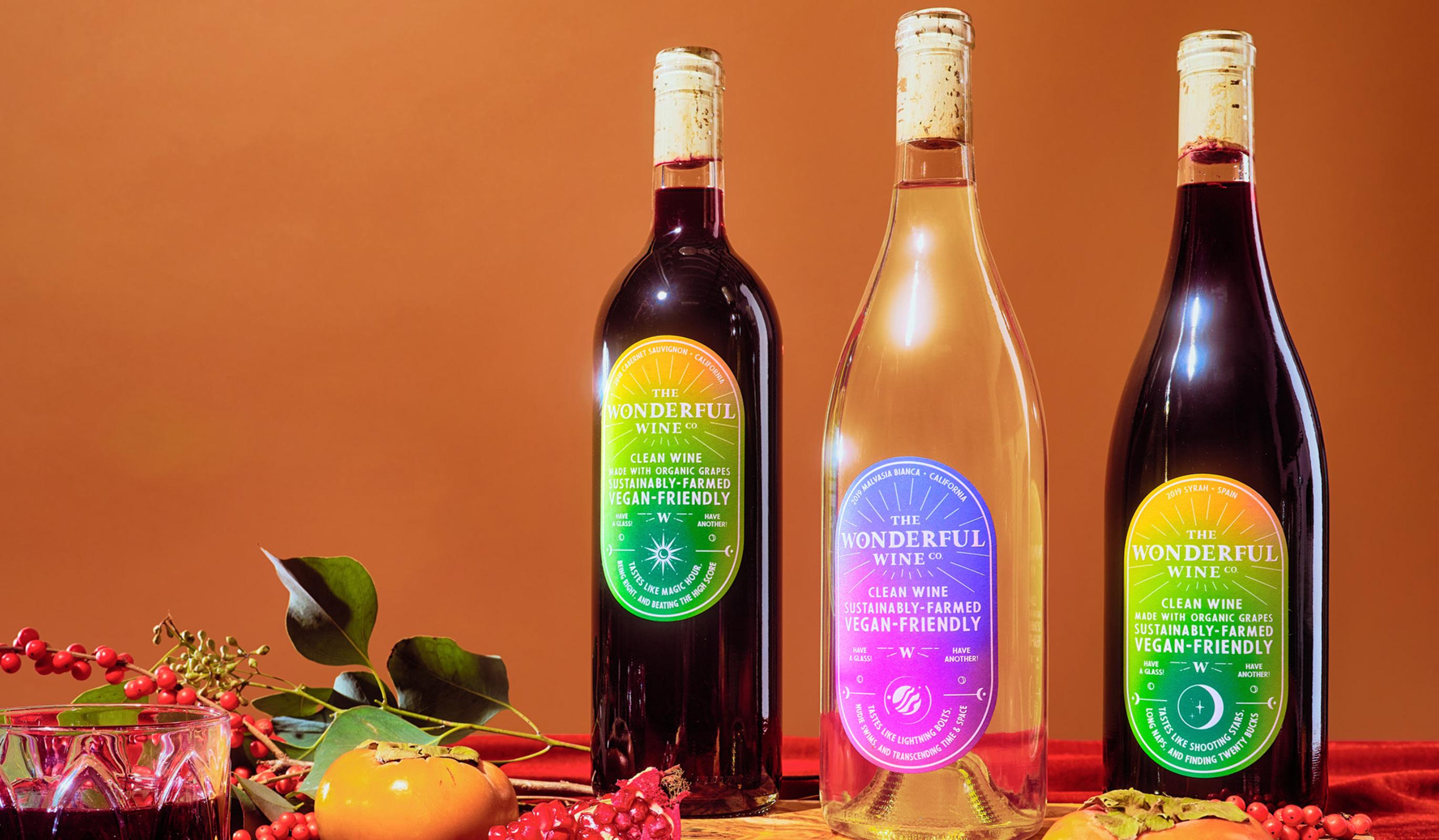
6 minute read
Dispensing Control System Natural, Additive-Free Wine Grows Amid Consumer Focus on Clean
Natural, Additive-Free Wine Grows Amid Consumer Focus on Clean Ingredients

By Samantha Des Jardins
Consumers demanding clean ingredients and fewer additives are knocking on the wine industry’s door
The trend of natural wine is gaining mass appeal, and there’s perhaps no better time for the burgeoning trend to spark. Consumers have been showing a preference for “natural” products for years, from meat to skincare. They’ve also shown a willingness to pay more for it. This year, they are more focused than ever on healthy food and drink after being far less active and indulging in comfort food, amid the pandemic stressors of the last year. As Americans are more focused on healthy, natural foods that will help shed the “quarantine 15” or “COVID-19 pounds,” it fits that, at the same time, public awareness and interest in natural wine is increasing. This year at least, it’s less about balancing indulgence with a few healthy meals and more about making everything we indulge in healthier itself. And that, for many people, includes wine. As these trends converge, a Hollywood boost has helped the natural wine industry move forward even faster. Celebrities including Cameron Diaz have jumped on board after expressing concerns about wine additives and preservatives, leading Diaz to create her own “clean” wine label, Avaline. There are many who say the move toward clean or all-natural wine is merely a marketing effort that plays into Americans’ desire to eat fewer preservatives and more food and drinks closer to their natural source. Winemakers are not required to disclose every ingredient as a food maker is, and this can lead to some confusion about what may be lingering in an ordinary glass of wine that many consumers are unaware of. Further, there is no government standard definition of what “natural” means. And consumers’ interpretation can vary widely, with “natural” often being associated with “organic” or other words that have higher standards for labeling. Restaurateurs that carry this type of wine refer to it as “unadulterated” or “naked.” The muddiness of this term is a challenge for both industry players and consumers. Many are unaware that some wines on the market today would already fit the standards set forth by the new “clean” or “all-natural” winemakers; they’re just not advertised as such. But however they define it, consumers are eager to try it and many already have. Fifty-nine percent of consumers say they’ve heard of all-natural wine, according to a recent Datassential survey, while 73 percent of the public show an interest in trying it. That figure goes up when talking specifically to wine lovers — 83 percent of oenophiles say they’re interested in trying all-natural wine. The trend is also drawing interest from beer and spirits lovers.
All-natural wine is defined as one made from grapes that are handpicked and are organic, sustainable or biodynamic, fermented with no added yeast or additives, and have little or no added sulfites. Sulfites are a food preservative widely used in winemaking and they’re associated with a number of side effects including headaches. Biodynamic wines are produced without synthetic chemicals or common manipulations like acidity adjustments or the addition of yeast. Biodynamic wines have less consumer awareness but are still a segment of the industry that’s poised to grow. Fifty-two percent of consumers say they’re interested in trying it, compared with 60 percent of wine lovers, Datassential said. And despite having less consumer awareness than natural wines, biodynamic wines are easier for a consumer to pick out because they have a universal global definition. The grapes are grown using organic practices, but the standard permits the wines to have more sulfites than the U.S. standard to be labeled organic. Both categories have strong prospects for growth considering the success of “clean” ingredients on menus in recent years. The term “all-natural” now appears on 99 percent of U.S. menus and has seen an 11 percent growth rate in the last four years. It’s no wonder that consumers, so hyper-focused on natural food, would turn that attention to what they imbibe. The focus on all-natural and biodynamic wine could also get a tailwind later this year and into 2022, as Americans begin to feel more comfortable holding large celebrations like birthday parties and weddings, as the COVID-19 vaccine is more readily available. Those occasions are often celebrated with alcoholic beverages for those who drink, and natural wine should be a big part of that for those looking to feel less guilt with that glass of wine.
And as the restaurant industry recovers, diners — especially younger generations — will be looking for new and innovative dishes and drinks as they return to restaurants in larger numbers. Natural wine could be an ideal fit for those daring to try something new, but wanting to keep a focus on versions of their favorite things they perceive as healthier. It’s clearly a good time to be a natural wine producer, but it’s also a moment of opportunity for traditional wine sellers and growers to improve their marketing communication with the public. Because winemakers aren’t able to show a product clear of additives and preservatives as starkly as a food maker could, it’s important to find a way to make consumers feel at ease by adding more details on how the wine is produced, either on the label, through a direct-to-consumer website, or improved marketing through restaurants and other third-party sellers.
Restaurant operators may consider also adding a little “education” when adding a natural or biodynamic wine to the menu. Introducing them as specials is a start, as is incorporating them into wine flights when more dine-in options are available, giving consumers an opportunity to sample different varieties in a smaller portion before selecting one they like. Because “natural” wine can mean different things to different people and “biodynamic” has less market presence and understanding, it will be critical for restauranteurs to also include an explanation of the wine’s origin, an explanation of these new terms and any related special instructions. Consider this description and instruction from Workshop Kitchen & Bar in Palm Springs, California, which offered a three-pack of Gamay Noir à Jus Blanc wines from the Beaujolais region of France: The restaurant noted in the pack’s description that the region from which the three wines are derived “has been at the forefront of the natural wine production and biodynamic movements” yet also offers specific details on how best to store the wine, noting the wines “hold best at colder temperatures (57 degrees or lower) due to the lack of preservatives or added sulfur.” That’s an important piece of the puzzle for consumers used to keeping their reds at room temperature. Those details will be key in natural and biodynamic wines’ transition from niche to mass appeal. Natural wine already has a steady awareness among the trendy bar set, but it’s on the cusp of a big growth opportunity if operators and sellers ensure that consumers can detect easily the difference between a natural wine — or whatever distinction is used — and their favorite “conventional” bottle.










